This summer the veteran Symbian platform, which started life back when handhelds weren’t phones but PDAs, will quietly pass into development history. Or at least its primary supporter over the years — Nokia — will cease producing any new handsets running the OS (or so says the FT). Unsurprisingly Nokia is keeping officially schtum this time around. Presumably it’s learnt its lesson after the original burning platform memo, in which it publicly declared its intention to jump ship from Symbian to Windows Phone, ended up burning a huge hole in its coffers as people stopped buying phones running a zombie OS.
It’s technically possible smaller entities might look to keep the Symbian flame alive, as the former Nokians, Jolla, are attempting to do with MeeGo. Symbian does still power a fair amount of phones in China, for instance. But Symbian’s assets have been passed over to Accenture to maintain, and it’s no longer open source, so its days as an active development platform are likely numbered. Regardless, it’s certainly true that Symbian is the platform of a bygone 2G era, when phones were phones first and foremost, not today’s data-gobbling pocket computers.
All of which means that even if Symbian lingers a little longer — Nokia is apparently intending to sell off existing Symbian phone stock, so that may well take some time judging by how sales have dropped drastically (it now sells more Windows Phones than Symbian devices) — its end times are approaching. So what better point to take a look back at the platform that powered so many devices and dominated the mobile landscape for so long.
From PDA Roots To Candybar Phones
Symbian’s origins are firmly routed in the PDA world. It sprang from an OS developed by Psion for its handheld organisers — pictured below is a precursor OS to the one that evolved into Symbian.
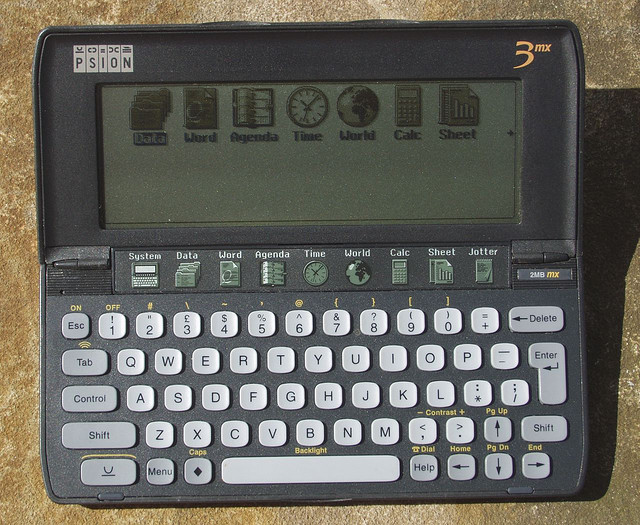
In mid 1998 Psion Software became Symbian Ltd — a joint venture between Psion and phone makers Ericsson, Motorola, and Nokia — and EPOC was renamed the Symbian OS. As befits a joint venture, the OS was splintered into distinct platforms/UIs as each of the various mobile makers put it to work with their own devices.
These included Nokia’s PDA-style Series 80 platform — shown below running on the Nokia 9300 — and the icon-based Series 60 UI platform shown running on the candybar slider Nokia 7650, bottom left, and the N80, bottom right.
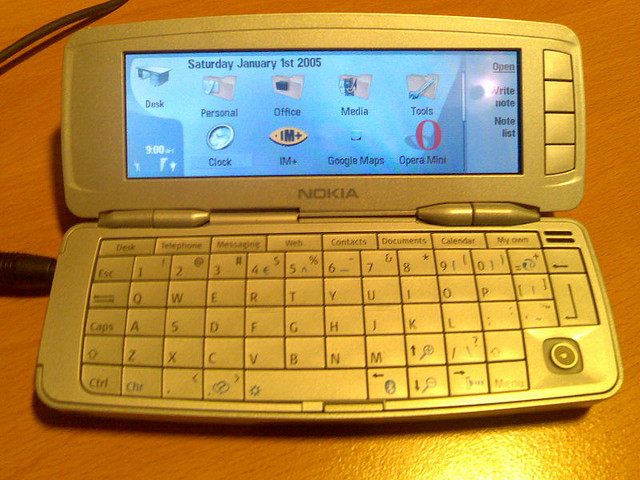
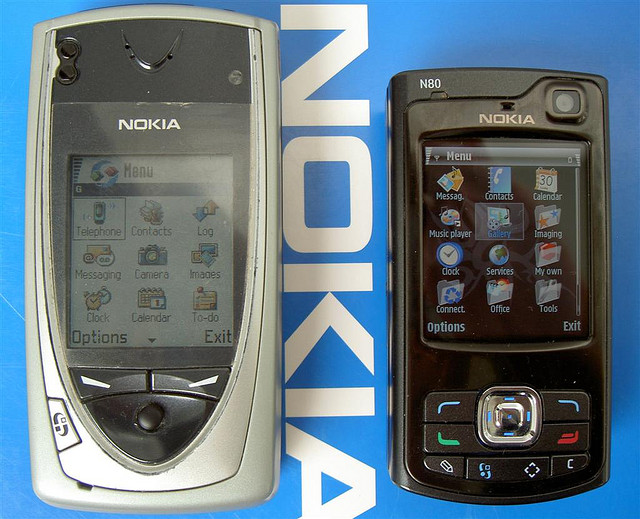
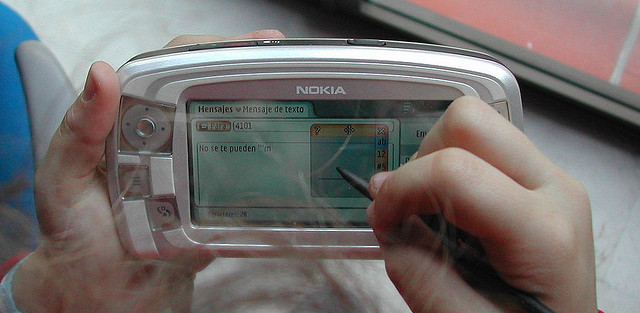
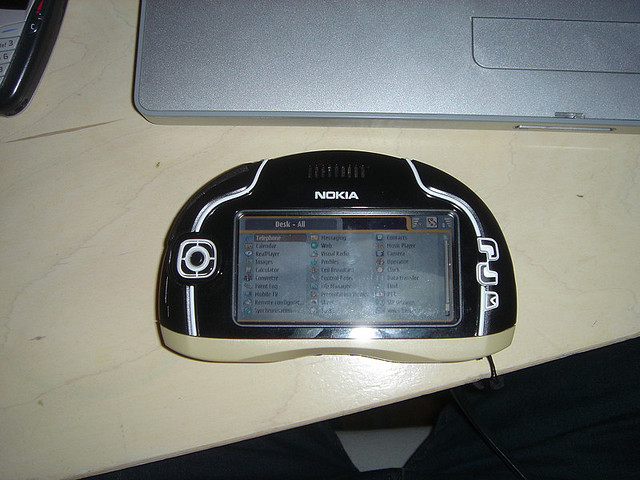
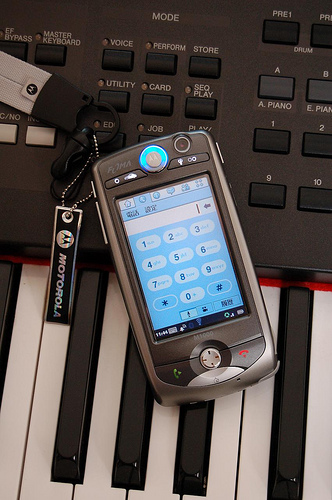
Caught Out By Capacitive Touch
Symbian’s clear run extended right through to the mid noughties, as Nokia pumped out a steady stream of candybars, flips phones and other weird/wonderful form-factors from cylinders to spherical squares, all powered by its various flavours of the OS. This was Symbian cooking on gas.
The crunch time for the OS came when Apple’s iPhone arrived in 2007 to usher in the capacitive touchscreen era, putting a new more fluid touch-centric user experience at the fore and elbowing out keypads, Qwertys and fiddly menu systems that relied on wielding a stylus to navigate. The iPhone’s arrival was of course compounded by Android’s debut in 2008. Soon a whole army of touchscreen iPhones and iClones were crowding into a mobile playground that had formerly been Nokia’s and Symbian’s to rule. 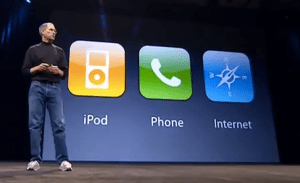
Unlike Symbian, these incoming platforms were starting fresh — designed for the Internet era, not the quaint pocket PDA. They didn’t carry legacy baggage. Their only heritage was connected computing. They were built with the touchscreen at their centre, and they offered a perfect platform for delivering apps. Of course Symbian could run apps too, but all the various flavours of the OS meant its app ecosystem was far more fragmented than its rivals. And although Symbian’s PDA roots incorporated touchscreen tech this older generation of resistive screen tech — which went hand in glove with fiddly drop-down menus designed to be pecked at with a stylus — bore no relation to modern touchscreens that focused on fingers and true touch computing.
All these factors gave Android and iOS a huge advantage over the decade-old Symbian platform. Symbian was stuck in its own folder-strewn rut, desperately needing to evolve to compete in the slick new mobile world order. Add to that, Android was free for mobile makers to use vs Symbian’s licensing fee model. Symbian was being outgunned and outpriced. A crushing combination for any long-in-the-tooth technology.
Last ditch efforts to spur Symbian on
Nokia, the main Symbian user ergo the company with the most to lose as the OS fell behind, made the decision to open source Symbian in 2008 to try to accelerate its evolution to compete with its younger and more agile rivals. A rebooted version of Symbian designed for a touchscreen era was to be created by merging various platform strands — including S60 and technology from UIQ and MOAP(S) — to be pooled into a new unified touch-focused platform.
The first touch-enabled release of the new OS, Symbian^1 (or Symbian S60 v5) — is shown below running on the first device to carry it, the Nokia 5800 XpressMusic, released at the end of 2008.
But the usability gap between Symbian^1 and its upstart rivals remained a gulf. It wasn’t until Symbian^3 (demoed below in a Nokia promo video) that a more fully-featured touch-centric experience started to emerge. Although, at this point, development work was already pushing into 2010 meaning Symbian continued falling further behind.
Symbian^3 added multiple homescreens with support for widgets, faster graphics and scrolling, pinch to zoom, visual multitasking with app previews and switching, among other new features. But this was still playing catch up with Android and iOS. Too little, too late remained Symbian’s problem, as its two rivals streaked ahead with their own platform evolutions and went on to sew up the smartphone market between them.
In a last ditch attempt to fix Symbian fast, Nokia took development back in house. Two more versions of the OS followed, Symbian Anna, which brought browser speed and text input improvements and ushered in a new rounded icon-based UI. Followed by a final update: Symbian Belle.
Belle added additional modernising touches such as more customisable widgets, extra homescreens, a pull down status screen for accessing settings and viewing missed missives, notifications on the lockscreen, and support for NFC. The problem was Android already had all those things.
The old folder based menu hierarchy that Symbian had carried with it from its PDA days had finally been entirely flattened. But it had taken far too long to level the playing field. Symbian’s work was almost done.
At the start of this year Nokia confirmed that the Symbian-based 808 PureView — announced in 2012 with much fanfare thanks to its 41MP camera sensor — would be the last device it makes on the Symbian platform. This summer it’s also going to stop producing even the remaining few Symbian devices in its portfolio.
After some 15 years, many of them as the leader of its field, it’s the end of the line for this venerable technology stack.
Symbian’s development challenges
Lee Williams, formerly the executive director of the Symbian Foundation — the entity created to oversee the open sourced Symbian in 2008 — takes the view that while the PDA heritage of Symbian was initially off-putting, the platform’s robust underlying architecture and flexibility gave it the ability to power through its legacy past. After all, they were the key strengths that had allowed it to travel so far and find its way on to so many devices for so many years in the first place.
“I remember Symbian as that upstart competitor in the GEOS/BeOS/Palm days. I was at Be at the time, and we discounted the system due to it’s role as Psion software with a stodgy approach to usability and programmability. By the time I got to Palm, and we were wrestling with how best to provide a multicore platform for smartphones, we started to realise that Symbian had some real potential. Namely, the right architecture for a broad range of devices and a robust programming model for applications,” he tells TechCrunch.
Williams’ take on Symbian’s demise is therefore not that the technology itself was the problem, but rather that Symbian spread itself too thin: it was beholden to too many other partners who all wanted a piece of the pie and that meant fragmentation, development retardation and a fatal inability to innovate quickly enough when others were flying forward.
“When I landed on the board at Symbian U.K. Limited, and then took the reigns as the head of the Foundation, the platform appeared to be the preeminent system for the mobile age. What was ironic, was that its strengths ended up being the soul of its demise. The broad level of Operator/OEM support and the extensive range of technology and device types couldn’t help but make the platform difficult to market and ultimately difficult for others to accept as a good solution for the marketplace,” he says. “Ultimately, politics and perception killed what is arguably still the world’s best operating system for our era of seamlessly connected and extensible products.”
That’s the view from the top. But what about the view from the development trenches? Roopesh Chander, a Qt developer who dabbled with writing Symbian apps after Nokia added support for the cross-platform development framework to Symbian in 2011 — having found Symbian C++ “too arbitrary” and “complex” — argues that in the post-iPhone years, Symbian struggled simply because it remained dated vs the competition.
Even though Nokia improved the development environment for Symbian by adding support for Qt — meaning developers no longer needed to struggle with Symbian C++’s random API call names and requirements for even simple things to have low level setting up of memory and stacks — the platform itself continued to show its age. And that ultimately dragged down the more modern-looking apps now being developed for it. In short, Symbian Belle was great but years too late.
“Though the apps started looking nice and modern [after Nokia added Qt support], the OS itself (Symbian^3 and Symbian Anna) was still looking dated,” says Chander. “For example, though running on a touchscreen, they had two text buttons in the bottom taskbar, a legacy from the buttoned phones. When the phone orientation changed, weird things happened on the screen before the screen settled in the new orientation. If you wanted to type in portrait mode, you had to make do with a telephone keypad (that has 2 and ABC on the same button). Stuff like these made it quite bad at a time when iPhone and Android were shipping much much better touch-centric user interfaces on their phones.
“Nokia fixed most of those problems with Symbian Belle, but it was too late (and Belle merely brought it to the level of the competition, didn’t elevate it to a higher level),” he adds. “The pinnacle of Symbian was obviously the Nokia 808 PureView, and I think even that can just about compete with the UX in iPhone/Android (not considering the number of apps and the ecosystem). So, I think Symbian didn’t make it because it couldn’t adapt to the touch-centric UX quick enough. If it had shipped Belle two years earlier, it could have garnered the app ecosystem that Android now enjoys.”
And with an insider’s view, Martin Jakl, a former employee of Symbian Ltd and also subsequently Nokia briefly when the latter took over the running of the OS, believes it was public perception that killed Symbian — the perception that the OS was bad because of an outdated UI sitting on top, holding it back. “At the OS layer Symbian was (and most likely still is) the best mobile OS. But of course what users see is the UI and if UI sucks, general public will not like the OS. And to my mind that’s exactly what happened,” he tells TechCrunch. “Splitting the OS and UI was perhaps the greatest managerial mistakes Symbian did (but not the only one, mismanagement was in general the biggest problem of Symbian).”
“The entire S60 UI – in my mind this was the single biggest problem with Symbian — the UI was getting dated and Nokia’s was too risk aware to change it. When they decided to update UI in S^3, they took a couple of wrong design decisions (work on future S^4 which was scrapped) but finally arriving with the right approach to new UI. That’s today’s Belle UI based around Qt abd QML. But by then it was late,” he adds.
Jakl says Symbian’s great strengths as an OS were its kernel, which supported highly complex real-time system apps, and networking stack, which unlike the competition was written for mobile so was built for switching between radio technologies. Symbian also had platform security implemented in the kernel, making it robust in a way he argues Android is not. “It was virtually impossible to hack the system. Look at Android even today, it struggles with a load of malware, etc. This would not have happened to Symbian,” he says. But despite these native strength at the OS level, failure to unify and evolve the UI fast enough killed Symbian — by pushing mobile users into the arms of rivals who focused on usability first.
As is often the case with dominant technologies, not changing fast enough got the better of Symbian. Whether the platform proving itself a laggard was down to complacency and leadership mis-management, the complexities of its legacy baggage including an outdated UI, industry politics or a combination of all those things is hard to say. Regardless of the specific combination of reasons, the cautionary outcome remains the same: innovate or die.

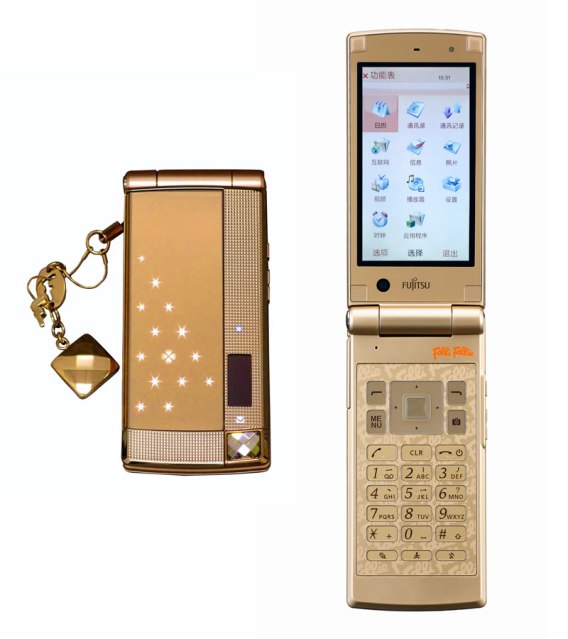
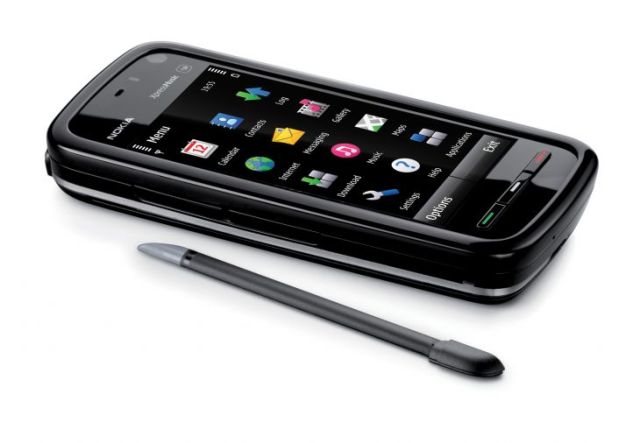
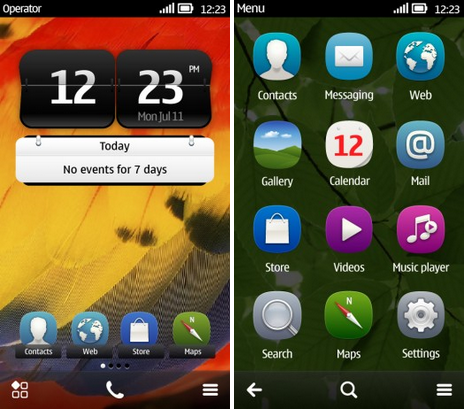






























Comment